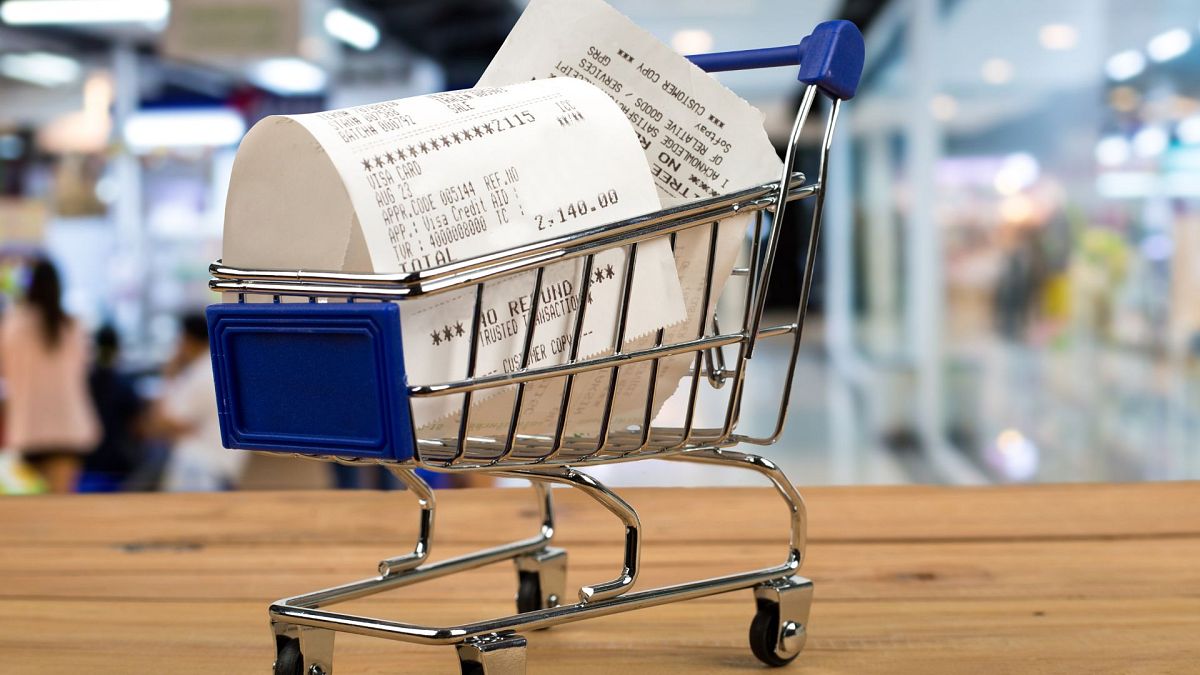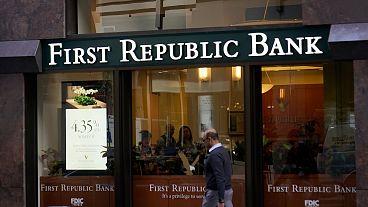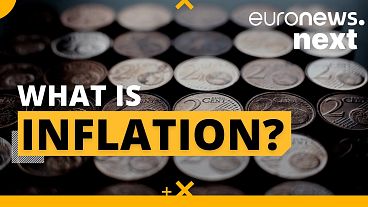Inflation remains above 10 per cent in the UK while it's in the single digits in the EU. Which countries are being hit the hardest?
After inflation in the UK rose unexpectedly in February, March saw a drop - but nowhere near as significant as analysts were expecting.
The consumer prices index (CPI) measure of inflation fell only slightly, to 10.1 per cent in March from 10.4 per cent in February. It was expected to fall to 9.8 per cent.
Britain was the only country in Western Europe with double-digit inflation in March, and it has not had more than three consecutive months of slowing price increases since hitting a 41-year high of 11.1 per cent in October.
Analysts now fear interest rates could be heading towards 5 per cent.
How is the eurozone coping?
In the eurozone, inflation eased to 6.9 per cent in March, from 8.5 per cent in February, bringing the total number of consecutive months of declines to six.
According to Eurostat, the main components of eurozone inflation in March were food, alcohol, and tobacco, which peaked at 15.5 per cent compared to 15 per cent in February. Energy prices, however, dropped by 0.9 per cent year on year.
In the UK, food prices rose by 19.2 per cent, a 45-year high, despite the overall rate decreasing.
Across the eurozone, inflation remains unstable each month, keeping pressure on the European Central Bank (ECB) to hike borrowing costs further after it raised its main rate by half a percentage point to 3.5 per cent in March.
Here is a look at the inflation rate in each country in Europe:
What's causing these inflation rates?
The prices of many commodities - crucially including food - have been rising ever since COVID-19 pandemic lockdowns were first introduced three years ago, straining global supply chains, leaving crops to rot, and causing panic-buying in supermarkets.
Europe and much of the wider world were also already being hit with rising energy prices before Russia's invasion of Ukraine in late February 2022.
The war caused prices for natural gas used to heat homes and generate electricity to soar in the double digits as Russia largely cut off supplies to Europe. Until then, Russia typically supplied about 40 per cent of Europe's natural gas.
The latest inflation figures, however, suggest a mild winter and efforts to store and source gas from non-Russian sources have been paying off.
[Editor's note: A previous version of this article incorrectly stated that non-energy industrial goods rose by 0.2 per cent in March. Annual inflation for these goods actually slowed down to 6.6 per cent, from 6.8 per cent in February. The map has also been updated to correct Czechia's inflation rate, which stood at 16.5 per cent in March, not 6.7 per cent.]



